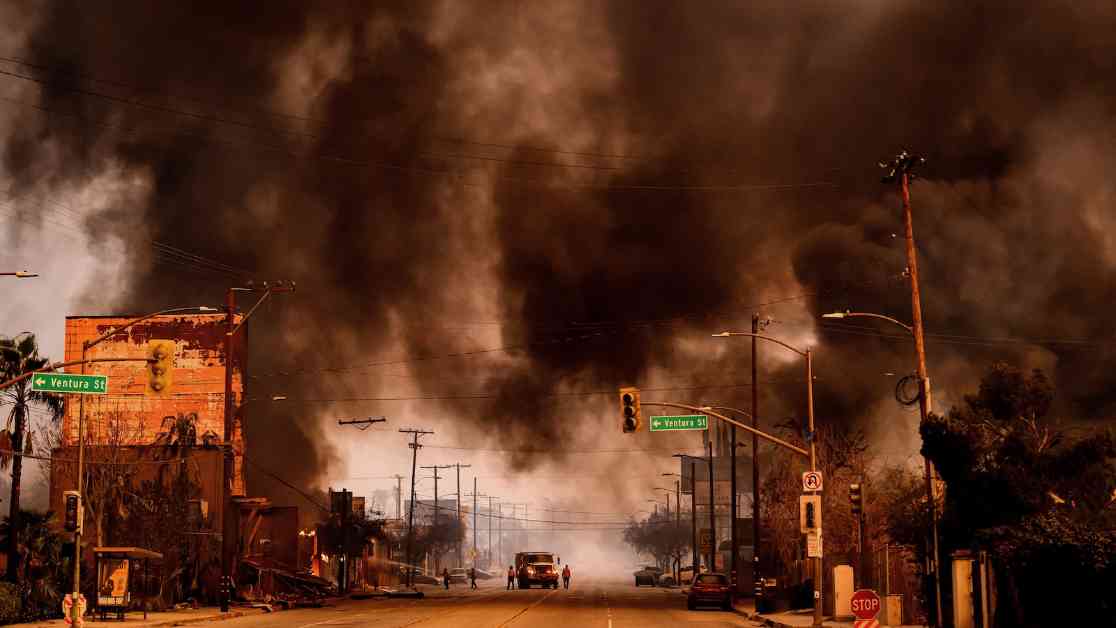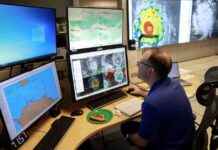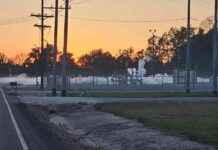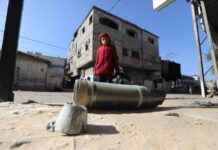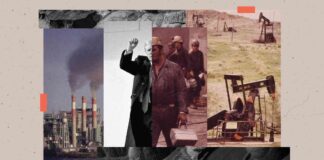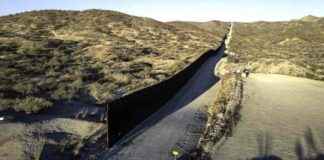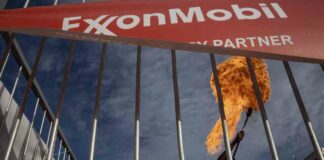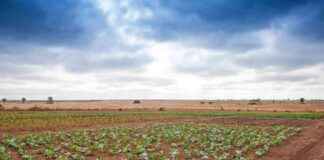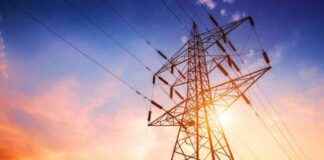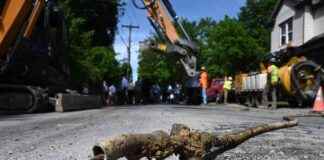LA’s Wildfire Smoke: The Invisible Danger
As Los Angeles grapples with devastating wildfires that have claimed lives, destroyed homes, and left behind a trail of destruction, a silent, invisible danger lurks in the air – wildfire smoke. This toxic cloud of particles is more than just a nuisance; it poses a serious threat to the health and well-being of millions of Angelenos like Rachel Wald, who experienced firsthand the insidious effects of the fires.
The Unseen Health Risks
While the immediate aftermath of wildfires is often marked by chaos and destruction, the long-term health impacts can be equally devastating. Wildfire smoke, laden with fine particulate matter known as PM 2.5, can penetrate deep into the lungs and bloodstream, triggering a host of respiratory issues and even chronic diseases like heart disease and lung cancer.
Experts like Yifang Zhu warn that the unique nature of the LA fires, which consumed not just forests but also homes, schools, and medical clinics, has created a toxic cocktail of chemicals in the air. The air quality index in some parts of the city soared to hazardous levels, far surpassing the threshold for safe breathing, especially for vulnerable populations like children and the elderly.
The Lingering Threat
As the fires subside and the smoke dissipates, the risks don’t disappear. Toxic residues from the fires can contaminate drinking water supplies and soil, posing a long-term hazard to public health. Fernando Rosario-Ortiz cautions that the aftermath of urban wildfires can introduce harmful substances like asbestos and lead into the environment, with potential consequences that are yet to be fully understood.
Preparing for the Future
In the face of escalating wildfire threats, cities and counties must be proactive in monitoring and responding to the health impacts of these disasters. With wildfires becoming more intense and encroaching on urban areas, the need for robust public health measures and environmental monitoring has never been more critical.
Rachel Wald, with her lingering cough and memories of the fires, serves as a poignant reminder of the human toll of these disasters. While she may have returned home and the immediate danger has passed, the specter of wildfire smoke lingers, a silent threat that demands our attention and action. As communities rebuild and recover, the lessons learned from LA’s wildfires must guide us in preparing for a future where the air we breathe is no longer taken for granted.

